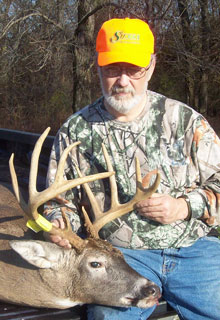Headspacing
By Duane Siercks
Headspacing is an often mis-understood term used in the firearms and reloading circles. When trying to work through situations during phone calls and e-mails, we encounter this quite often. Some refer to the term “headspace” when trying to identify various measurements or describing certain locations they are wanting help with prompting them reaching out to us.
I am going to try to identify what the correct usage of the term “headspace” is meant to mean.

As you can see in the illustration, the headspace is referring to a length starting at the rim of the cartridge case and going forward to the datum line. The datum line is the diameter established by S.A.A.M.I. whenever a cartridge is presented to them for approval. They at that time set the minimum and maximum cartridge dimensions, chamber, leade, and throat dimensions, as well as all pressure criteria. The datum line is set so that a uniform headspace dimension is identified and can be adhered to by the firearms manufacturers, the ammunition manufacturers, also die and tooling manufacturers. What this means to the consumer is that they can go buy a box of 30-06 or 270 or 30-30 ammo and fully expect it to fit and function in their rifle regardless of make or model.
Improper headspacing can lead to very serious issues:
1. Failure to chamber – Your headspace is too long and will not allow the action to close.
2. Failure to fire – headspace may be too short. When the firing pin strikes, the case is allowed to move forward too far preventing the firing pin from delivering enough force to ignite the primer.
3. Case head separation – Headspace too short, as in #2 above, the case is pushed forward by the force of the firing pin, but you do get ignition. The case, having space between the rim and the action or bolt face, stretches back until it touches the action or bolt face. This stretch weakens the case meaning at some point, if this happens often enough, the case will fatigue and crack.
The most common misinterpretation comes from using this term to describe the point at which the bullet contacts the rifling.
Comments (0)
Leave a reply
You must be logged in to post a comment.




